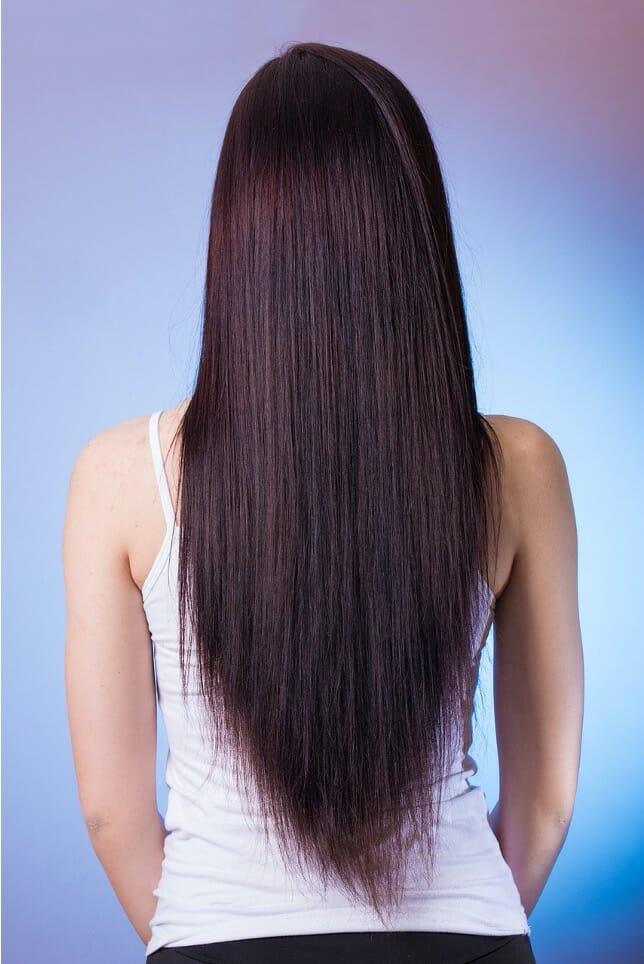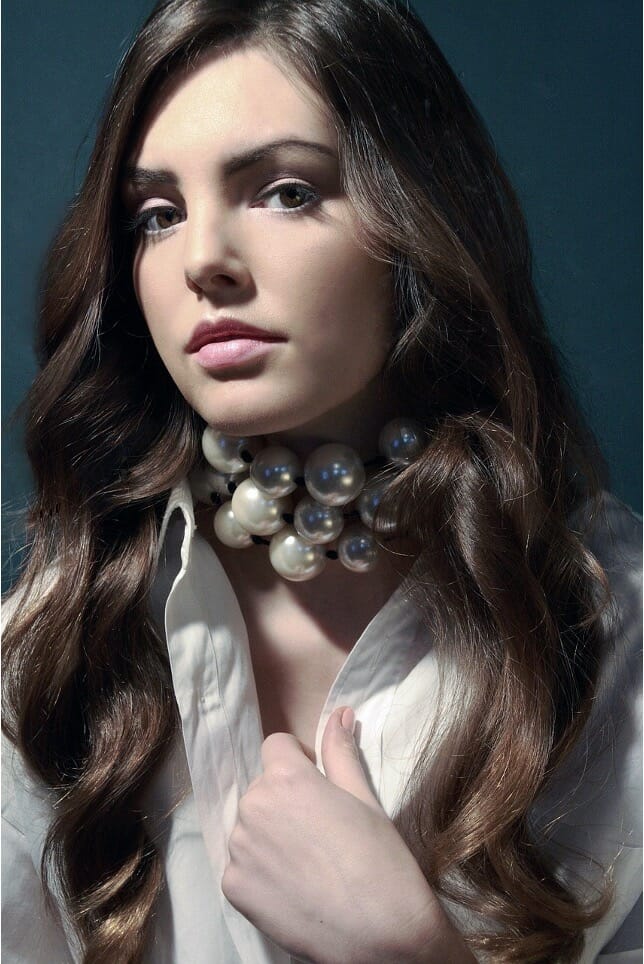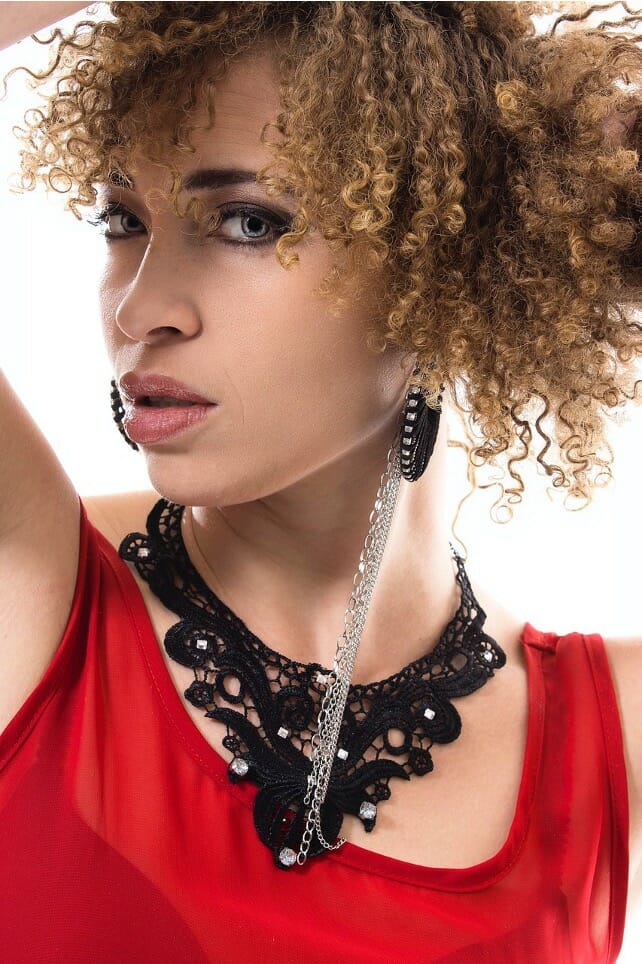Hair Types: How To Determine What Hair Type You Are
Knowing the type of hair you have is crucial to understanding how to take care of your hair. The type of hair you have can help you to understand the best products to use for the growth and health of your hair as well as knowing how to style it.
How do you determine your hair type?
There are certain factors that result from the physical qualities of your hair and its follicle that can help you come to conclusions as to the type of hair you have. These factors include porosity, hair length and diameter, follicle shape, and curl pattern. And they can all interact together to influence the look of your hair, and how it responds to external treatments. For the purpose of this blog, we will classify the human hair based on porosity and curl pattern.
Porosity
Hair porosity refers to the ability of the hair to absorb and retain moisture. Porosity affects the rate at which moisture and oils move in and out of your hair cuticle — which is the outermost layer of your hair.
There are 3 levels of hair porosity. You can either have a low, normal, or high hair porosity. Genetics and certain environmental factors determine your type of hair porosity. When your parents have a highly porous hair, then your hair is likely going to be highly porous. When you use hair dyes, or even heat styling products, your hair’s porosity will likely get altered too.
How do you know the porosity of your hair?
There’s a simple way to check for your hair’s porosity level — it is called the “hair porosity test.” To perform one:
- Use shampoo to wash and thoroughly rinse your hair
- Then, get a transparent glass cup and fill it up.
- By the time your hair is completely dry and devoid of moisture, you can collect a single strand and drop it into your glass of water.
- Now, observe your hair strand to see whether it floats at the top of the water, or sinks to the bottom.
If your hair strand sinks to the bottom of the cup, it can be said that you have a “high hair porosity.” On the other hand, if it floats at the top before sinking, you likely have a low hair porosity. If the hair strand floats somewhere around the mid-point of the cup, then you likely have a medium or normal hair porosity.
- Highly porous hair
Highly porous hairs allow moisture and oils to be easily absorbed into the hair shaft. However, since the hair cuticles are open, they only retain this moisture for a while. Your hair is likely highly porous if:
- It breaks off too easily
- It air-dries quickly
- It’s always dry and formed of a mass of small, curly hairs
- Medium porosity hair
Normal or medium porosity hair is able to retain moisture for a longer period of time than high porosity hair. This is because its cuticles are only slightly closed, but loosely opened to allow moisture to move in and out. Your hair is likely of medium or normal porosity if:
- It looks all glossy and shiny
- It colours very well
- It air-dries quickly
- It styles easily
- Low porosity hair
A hair is said to be of low porosity, when it doesn’t retain moisture, as its cuticles are packed tight enough to prevent moisture from easily penetrating the hair shaft. Your hair can be said to be of low porosity, if:
- It doesn’t easily air-dry
- It’s difficult to get soaked up in water while washing
- It doesn’t easily absorb hair products
Can you alter your hair porosity?
As mentioned earlier, the porosity of the hair is largely determined by genetics, and to some extent, certain environmental factors. While you cannot change your genetic make-up, there are things you can do that can help you manage your hair porosity.
For individuals with a highly porous hair, they can go for products like leave-in conditioners and sealers, as they can help your hair to hold onto moisture for a longer period of time. Individuals with highly porous hair should avoid heating their hair. If you need to use heat to style your hair, we advise using heat protectants that can be applied before blow-drying/ straightening the hair.
On the other hand, people with a low porosity hair, may want to consider applying conditioners to their hair when it’s wet — this fosters absorption. They should also go for protein-free conditioners, as they are more easily absorbed into the hair and unlikely to cause buildups.
Curl pattern
Generally, a person’s hair type is influenced by their curl pattern, which is determined by the shape of the hair follicle. So, the shape of your hair follicle is what goes on to determine the kind of curl pattern you will have. The more oval your hair follicle is, the curlier your hair is going to be.
Basically, there are four curl patterns of the hair. They include straight hair, wavy hair, curly hair, and coily hair. These patterns are further subdivided into numerous groups.
- Straight hair (type 1)
Also referred to as type 1 hair, the straight hair is one that’s straight with little to no texture. It is soft to touch, and completely lacks any kind of kinks or curls. It is further subdivided into 3: type 1A, type 1B, and type 1C. Type 1A is straight, soft, and with no curls at all. Type 1B is also straight, shiny, and lacks curls, but it tends to have more volume. Lastly, the type 1C possesses less wisp and shine like the other type 1 hairs. It tends to be coarser. It also does not curl.

- Wavy hair (type 2)
More often than not, the wavy hair is confused with a curly hair. However, the two are completely different. A wavy hair usually has more texture and volume than a straight hair. It can be a type 2A hair, which is loose with a wavy “S” shaped pattern, a type 2B hair, which has a more defined “S” shaped or wave pattern, or a type 2C hair, which is largely coarse, has a defined “S” shaped pattern, and possess waves that are wider and look like a loose curl.

- Curly hair (type 3)
The type 3 or curly hair is one that resembles an “S” shape. It stays curly with a defined pattern irrespective of the effort put in straightening. This kind of hair is always more frizzed, and possesses a higher density than straight and wavy hair. Type 3A has loose curls, type 3B has medium curls, and lastly, type 3C, has tight curls.

- Coily hair (type 4)
This type of hair is often very fragile, looks gritty, and lacking in moisture. It is characterised by densely packed “wiry” looking coils. It can be type 4A, which is soft, type 4B, which is tight or wiry, or type 4C, which is very tight or wiry.

Summary
Knowing the kind of hair type you have can go a long way in helping you sustain the growth and health of your hair. It can help you to make informed decisions when it comes to choosing hair products like shampoos and conditioners that will best work for you. It can also assist you in going for styles that will look good and complement your natural hair characteristics.
References
Book A Consultation

